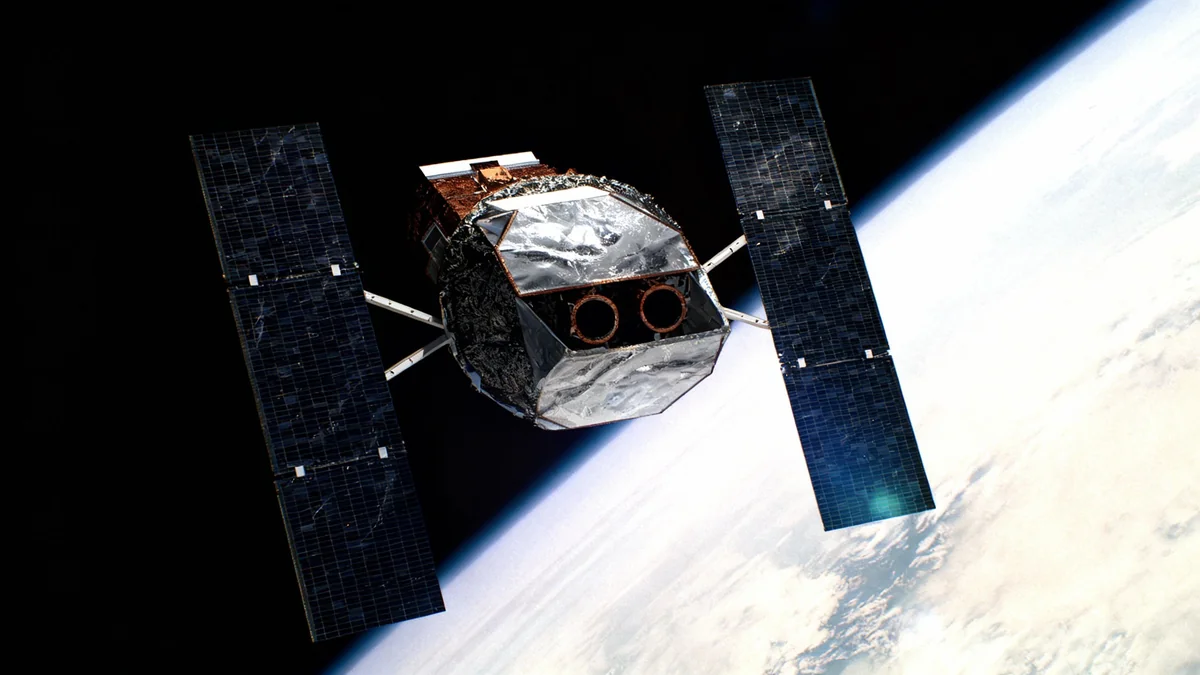A new category of municipal bonds dedicated to funding spaceport development is projected to grow into a market worth as much as $25 billion, according to a recent financial analysis. This development follows new legislation that allows space facilities to access tax-exempt financing, a move expected to accelerate private investment in the commercial space industry.
The legislation, part of the One Big Beautiful Bill Act, grants spaceports the ability to issue private-activity bonds (PABs), similar to how airports and other public infrastructure projects are funded. This change opens a significant new channel for capital, potentially transforming how the next generation of space infrastructure is built across the United States.
Key Takeaways
- Financial analysts predict a new market for 'space bonds' could reach $25 billion.
- Recent legislation allows spaceports to issue tax-exempt private-activity bonds.
- Unlike many other PABs, these spaceport bonds will have no issuance cap, encouraging unlimited investment.
- States like Florida, Texas, California, New Mexico, and Oklahoma are prime candidates to issue these bonds.
- The new financing model is expected to lower borrowing costs and spur rapid development in the commercial space sector.
A New Frontier for Municipal Finance
The municipal bond market, traditionally a source of funding for roads, schools, and hospitals, is now looking toward the stars. The recent legislative change allowing spaceports to issue tax-exempt bonds marks a pivotal moment for the commercial space industry. This financial tool is designed to lower the cost of borrowing for private companies building and expanding spaceport facilities.
According to an analysis from strategists at Barclays, the potential for this market is substantial. In a report led by strategist Mikhail Foux, the firm outlined the framework for this new asset class. The key advantage is that these bonds are classified as private-activity bonds, making the interest earned on them exempt from federal taxes for investors. This tax advantage makes them a highly attractive investment.
Crucially, the legislation does not place a volume cap on the issuance of spaceport bonds. This is a significant departure from other types of private-activity bonds, which are often limited by state-level caps, and it signals a strong federal commitment to fostering growth in the domestic space industry.
Unlimited Potential
Unlike other private-activity bonds that are subject to state volume caps, the new spaceport bonds have no limit on how much can be issued. This creates a powerful incentive for large-scale, long-term infrastructure projects.
How Spaceport Bonds Will Work
Private-activity bonds are a type of municipal bond issued by a state or local government on behalf of a private entity. The funds are used for projects that have a qualified public benefit. Until now, spaceports were not on the list of eligible projects, which includes facilities like airports, docks, and water-management systems.
By adding spaceports to this list, the government is essentially providing a subsidy to private space companies. Investors who buy these bonds do not have to pay federal income tax on the interest they receive, which means the issuing entity can offer a lower interest rate. This reduces the overall cost of financing for the private company undertaking the project.
"This is a fundamental shift in how we can finance the ground infrastructure essential for a thriving space economy. By treating spaceports like airports, we are unlocking a mature and stable source of capital that will accelerate development and lower barriers to entry for new players in the market."
The impact could be transformative. Lower financing costs mean more capital can be directed toward building launch pads, mission control centers, payload processing facilities, and the surrounding infrastructure needed to support a growing number of commercial rocket launches.
States Vying for a Piece of the Space Economy
Several states with established or emerging aerospace sectors are positioned to become the first issuers of these new space bonds. The Barclays report identified key states that are likely to lead the charge.
What is a Spaceport?
A spaceport is a site for launching (or receiving) spacecraft. Much like an airport handles airplanes, a spaceport is a hub for rockets and space vehicles. They can be government-owned, like Kennedy Space Center, or commercially operated, like many of the new facilities being developed.
The potential issuers include states with a long history in space exploration and those actively building new commercial hubs:
- Florida: Home to Cape Canaveral and the Kennedy Space Center, the state is the undisputed leader in launch activity and has a robust ecosystem of aerospace companies.
- Texas: With SpaceX's Starbase facility in Boca Chica and Blue Origin's launch site, Texas is a major center for private space innovation.
- California: Vandenberg Space Force Base is a key site for polar orbit launches, and the state hosts numerous aerospace engineering firms.
- New Mexico: The location of Spaceport America, the world's first purpose-built commercial spaceport and the hub for Virgin Galactic's operations.
- Oklahoma: The state is actively developing its aerospace sector, with facilities like the Oklahoma Air & Space Port.
These states have existing space authorities or economic development agencies that could facilitate the issuance of these bonds. The competition among them to attract private space companies is already intense, and the ability to offer attractive financing packages will become a critical advantage.
Implications for Investors and the Space Industry
The creation of space bonds opens a new asset class for municipal bond investors who are often seeking stable, tax-advantaged returns. While investments in the space industry are typically associated with high-risk venture capital, these infrastructure bonds could offer a more conservative way to gain exposure to the sector's growth.
For the space industry, this is a game-changer. Access to the municipal bond market provides a source of patient, long-term capital that is better suited for large infrastructure projects than venture capital or private equity. It signals a maturation of the commercial space sector, moving it from a speculative frontier to an established part of the national infrastructure landscape.
The projected $25 billion market reflects the immense capital required to build the launch sites, manufacturing facilities, and supply chain infrastructure needed to support future activities like satellite internet constellations, space tourism, and eventually, missions to the Moon and Mars. This new financial tool provides a clear pathway to funding that vision.





